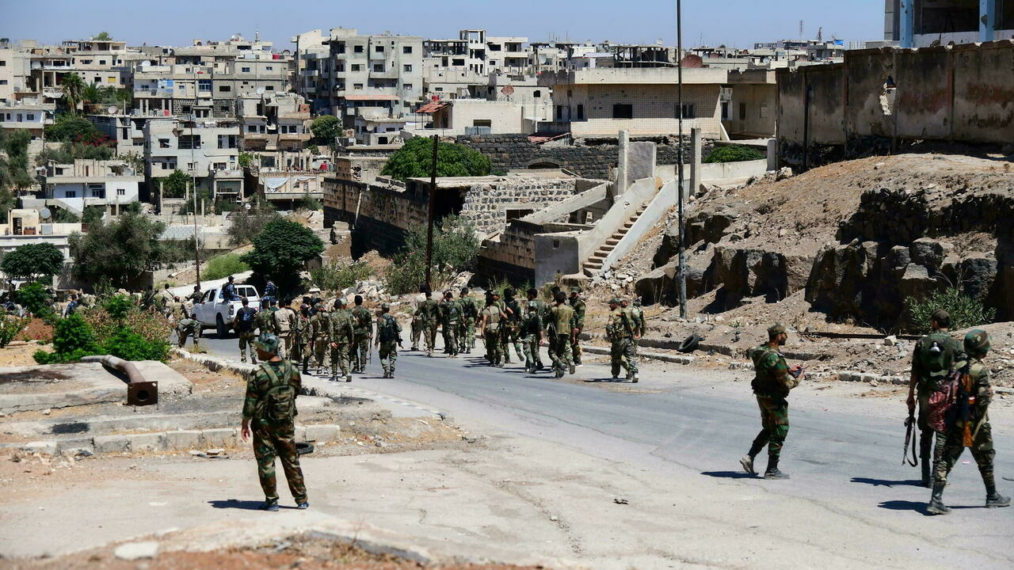Bashar al-Assad has been Syria’s president for the last 21 years, since he took power on July 17th, 2000. This year, on May 26th, Bashar Al-Assad was elected again to be Syria’s president for seven more years. He won the election with an overwhelming majority of 95.1% of the votes.
The Re-election
Bashar al-Assad assumed control after the death of his father Hafez in 2000. Over the course of 21 years, most of al-Assad’s service was associated with death and horror because of the many battles with opposition groups.
During the bloody civil war, al-Assad is blameworthy for demolishing cities and for the captures and deaths of his opponents. He created a climate of horror; if individuals wanted to survive, they needed to escape the country. Thousands of people have died, over 5.5 million have become refugees, and approximately 6.2 million were internally exiled.
Bashar al-Assad has been re-elected a total of four times. He has been proclaimed the victor on each occasion with close to 100% of the vote. However, al-Assad has done nothing to solve Syria’s long-standing challenges, particularly the country’s dysfunctional economy and politics, which finally led to an uprising in 2011.
The earliest protests against Syria’s government in 2011 were aimed at achieving political and economic changes. Soon after, organized Islamist groups seized control. As increasingly radical groups hijacked the Syrian chapter of the Arab uprising, the people who started the Syrian revolution were left with little hope.
There is still no chance for democracy eleven years later, and no one believes the al-Assad government’s assertion that his electoral triumph reflects the desires of the Syrian people.
The Support to ISIS
Even as the al-Assad regime fought to reclaim control of Syrian territory from the various rebel groups involved in the Syrian civil war, including ISIS, Bashar al-Assad’s regime constantly supported the Islamic State, even while the group controlled substantial amounts of territory.
The regime’s plan included directing its military operations against moderate Syrian rebel organizations opposed to the al-Assad dictatorship, particularly the Free Syrian Army, rather than the Islamic State. Any important choices would almost always include al-Assad, and government officials feared the ramifications of making sensitive decisions without al-Assad’s permission.
Without previous decision-making at the highest levels of the Syrian government, it is unimaginable that Syrian intelligence could have helped, enabled, or tolerated ISIS operations. In order to portray all Syrian opposition members as “terrorists,” the Syrian regime took this deliberate choice to permit and promote the Islamic State’s prolonged survival in Syria.
The Financial Resources Syria provided to ISIS
The Syrian regime also helped ISIS financially by allowing Syrian banks to operate and provide financial services in ISIS-controlled areas. A report in February of 2015 by The Financial Action Task Force, a multinational organization that develops and promotes policies to combat illicit financial activities, found that “more than 20 Syrian financial institutions with operations in ISIS-held territory” continued to do business. Furthermore, according to the report, these bank branches were “connected to their headquarters in Damascus; and some of them may preserve linkages to the international financial system.”
Even when these unlawful terror-funding conduits were publicly disclosed, the al-Assad regime disregarded and permitted ISIS to undertake financial transactions through informal banking networks.
For example, the U.S. Treasury Department identified a number of ISIS’s financial facilitators and money service organizations in April, September, and November of 2019 for aiding ISIS activities in Syria and elsewhere. On the other hand, the Syrian government took no action against the publicly identified ISIS financial middlemen, who continued to operate unhindered.
Final Thoughts
ISIS remains an insurgency threat in Syria and an international threat as a terrorist organization. However, there is no clear global coalition, political or military, to counter the threat posed by the al-Assad dictatorship, which has murdered far more people than ISIS, enabled the terrorist group’s activities, and created massive population displacement, migratory flows, and regional instability.
The international community rose to the challenge of ISIS. However, it has failed horribly in addressing the al-Assad government’s multiple issues, much alone the tragedy that is the al-Assad dictatorship.
The U.S. must lead a renewed diplomatic attempt to deal with Syria’s current situation. Although any agreement should be consistent with the UN’s formal role, only Washington D.C. could organize the anti-Assad alliance’s various members. The U.S. should strategize to urge political compromises to achieve the safe return of refugees and ensure globally monitored resettlement efforts.
Katerina Rebecca Paraskeva, Counter-Terrorism Research Fellow


